This is Renault’s 2014 F1 engine, sorry, “power-unit”. We’re not allowed to call the new 1.6 litre V6 turbocharged thingamajig an engine, apparently. Mostly it’s because they want us to think of the internal combustion bit and the sparky KERS bits as one unit. But screw you Renault, we’ll call it an engine if we like!
Renault Sport F1’s new engine has been created to comply with the FIA’s new regulations, which will come into force next year. Renault, not exactly known for road going V8 engines, is keen to usher in the V6 era so they can use words like “relevance” and “everyday”.
The ability to produce another 272 “limited edition” F1-inspred models of the Clio and Megane is just an accidental side benefit, of course.
Carlos Ghosn, Renault supremo, is also ready to cash in saying: “Renault’s continued involvement in Formula 1 serves to showcase our technological expertise on the racetrack and also contributes to the progress of our road vehicles. In each of these areas that entails delivering the ideal balance between performance, fuel consumption and reliability.
“With the new regulations, the use of electrical power stands to take on an increasingly important role in the development of powertrains, and that fits perfectly with Renault’s strategic commitment to electric vehicles.â€
There’s more photos and the like from the Renault Sport F1 labcoats after the break and, for the true F1 nerds among you, feel free to download the full press kit for the 2014 “power-unit”.
Renault’s 2014 power-unit consolidates the brand’s technological lead as power supplier to the FIA Formula One World Championship
The new regulations that the FIA (Fédération Internationale de l’Automobile) is due to introduce in 2014 will see Formula 1 enter a new era. Motor racing’s premier series is on the threshold of one of the biggest technological changes in its history.
The objective of this metamorphosis is to ensure closer ties between the research and development carried out in F1, the concerns of everyday motorists and the new challenges faced on economic and environmental fronts, without detracting from the quality of the show or the level of competition.
This major technological revolution is a fresh challenge for Renault Sport F1’s experts, who are developing a brand new electrified 1.6 V6 Turbo powerplant (known as a ‘power unit’), which combines a significantly downsized internal combustion engine with an energy recovery system that feeds two electric motors.
The change fits perfectly with Renault’s powertrain strategy, which is founded on:
- An unmatched commitment to electric motors,
- Ongoing improvements to the efficiency of its internal combustion engines with a view to achieving spectacular fuel consumption and CO2 emissions gains.
Renault will defend its status as motor racing’s technological leader to benefit its range of road cars. The creative thinking and passion for innovation of everyone at Renault will be major assets as it prepares for this new era.
Carlos Ghosn (Chairman and CEO, Renault): “Renault’s continued involvement in Formula 1 serves to showcase our technological expertise on the racetrack and also contributes to the progress of our road vehicles. In each of these areas that entails delivering the ideal balance between performance, fuel consumption and reliability.
“For more than 35 years, F1 has helped Renault to develop its expertise in fields such as downsizing, friction reduction and cooling. With the new regulations, the use of electrical power stands to take on an increasingly important role in the development of powertrains, and that fits perfectly with Renault’s strategic commitment to electric vehicles.â€
Download
- Renault Sport F1 2014 power-unit press kit (700kb PDF)
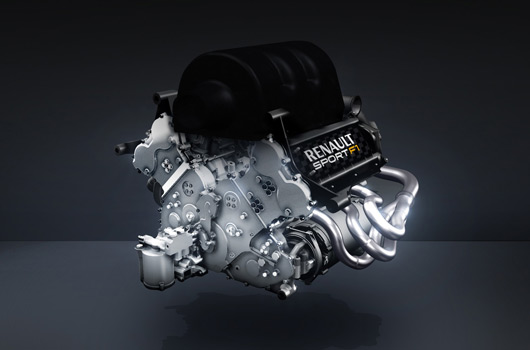
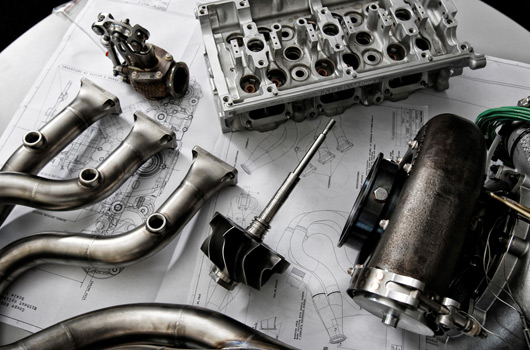
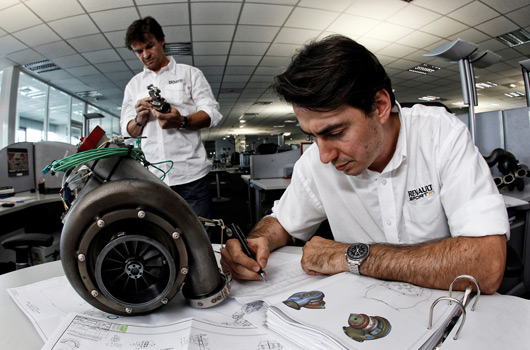
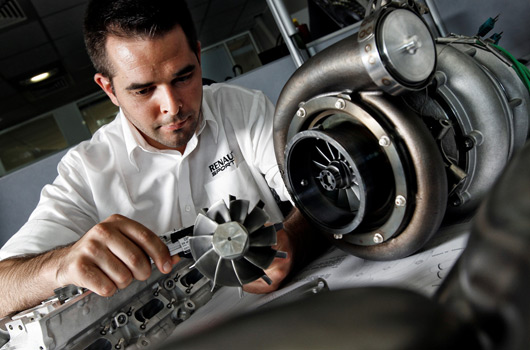
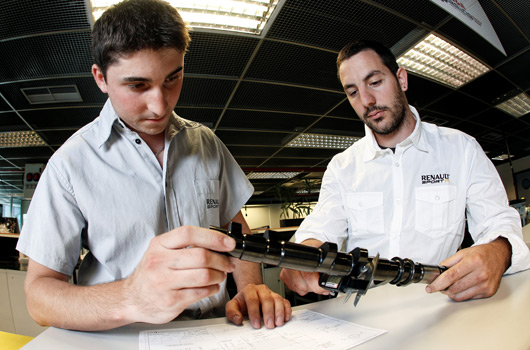
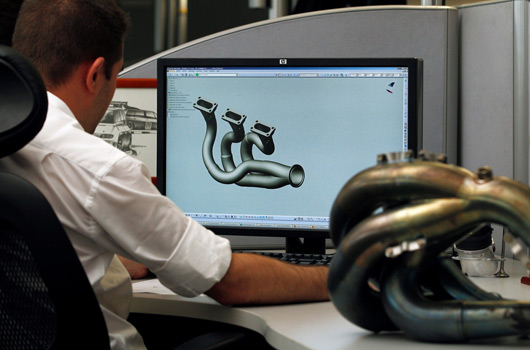
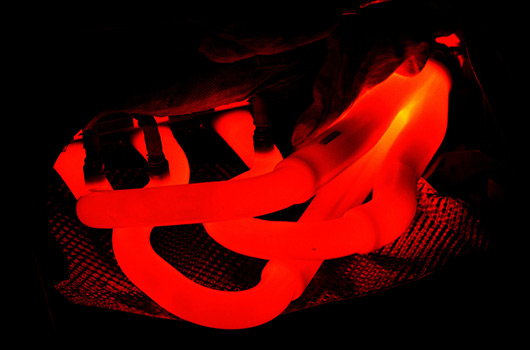
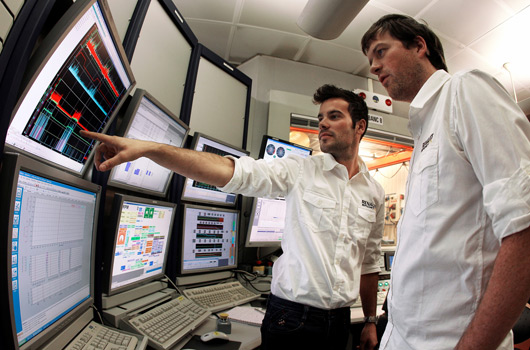
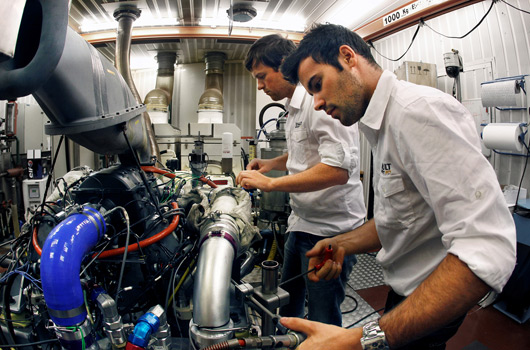
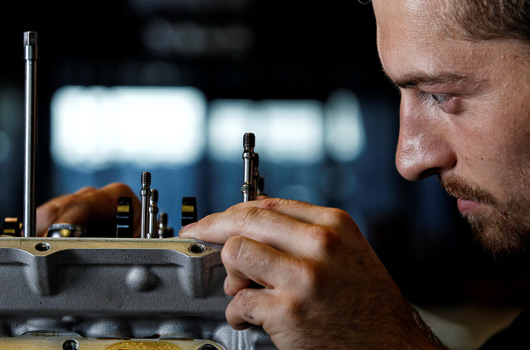
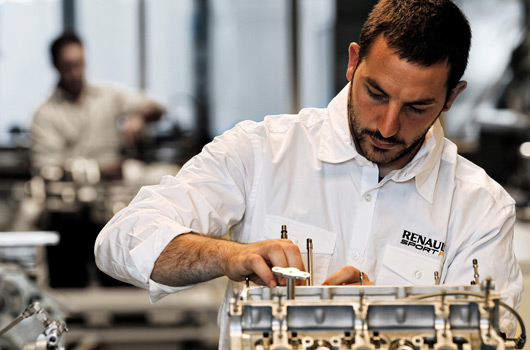
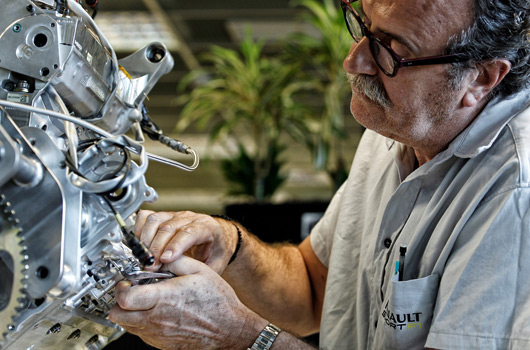
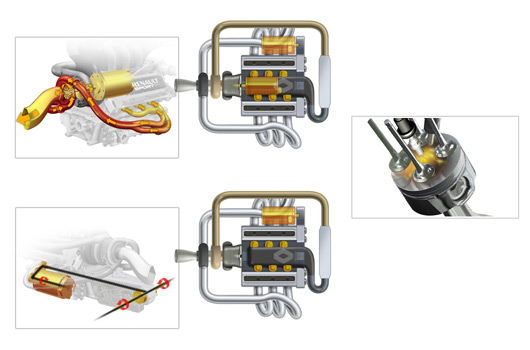
2 replies on “Renault shows off its 2014 F1 V6 “power-unit””
[…] has announced Toro Rosso will use their engine and recovery systems when Formula 1 moves to a new 1.6 litre V6 turbo era in […]
[…] will no longer supply engines to Marussia in 2014, which leaves Ferrari, Mercedes and Renault as the three manufacturers to support Formula 1 this […]